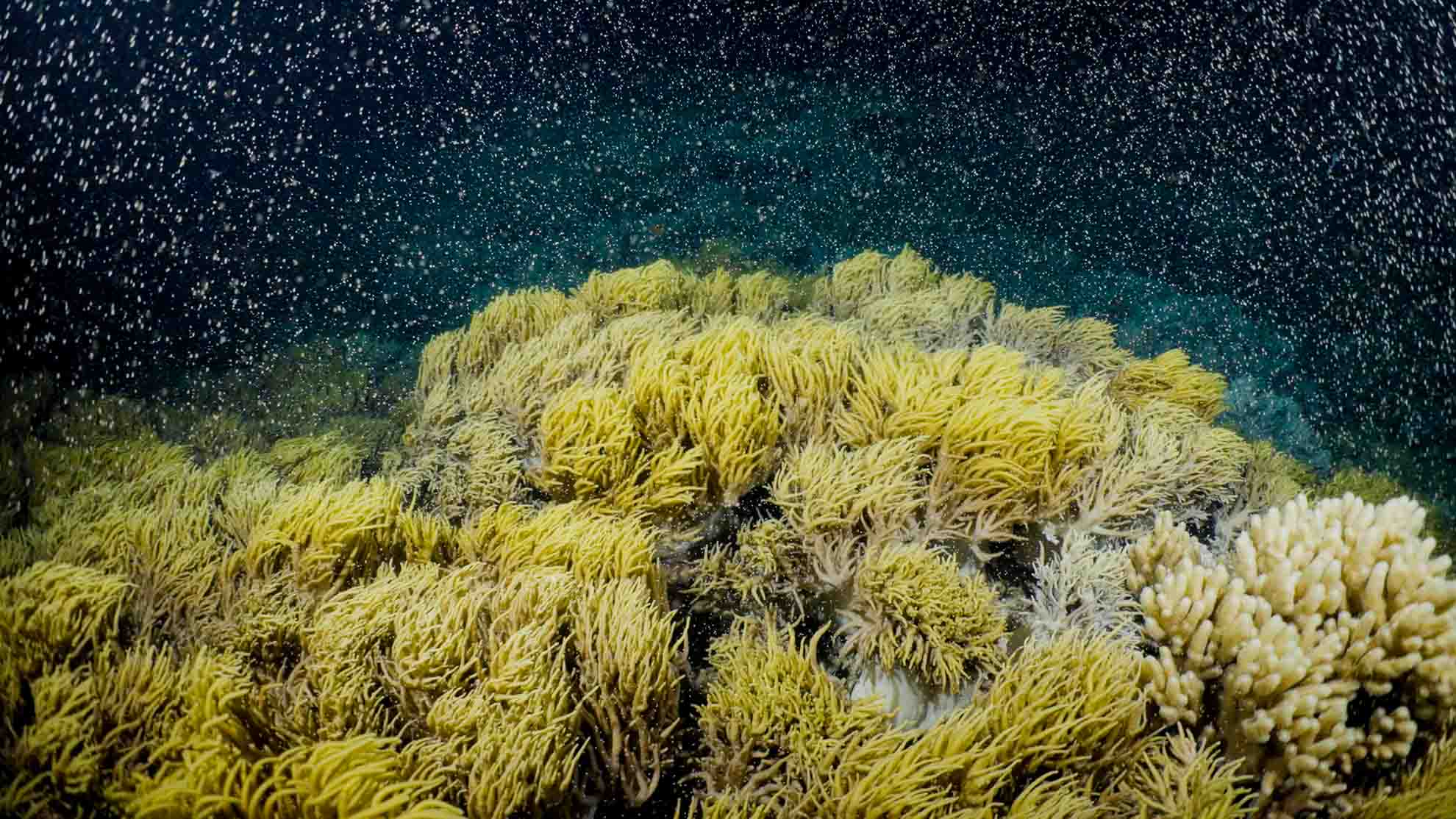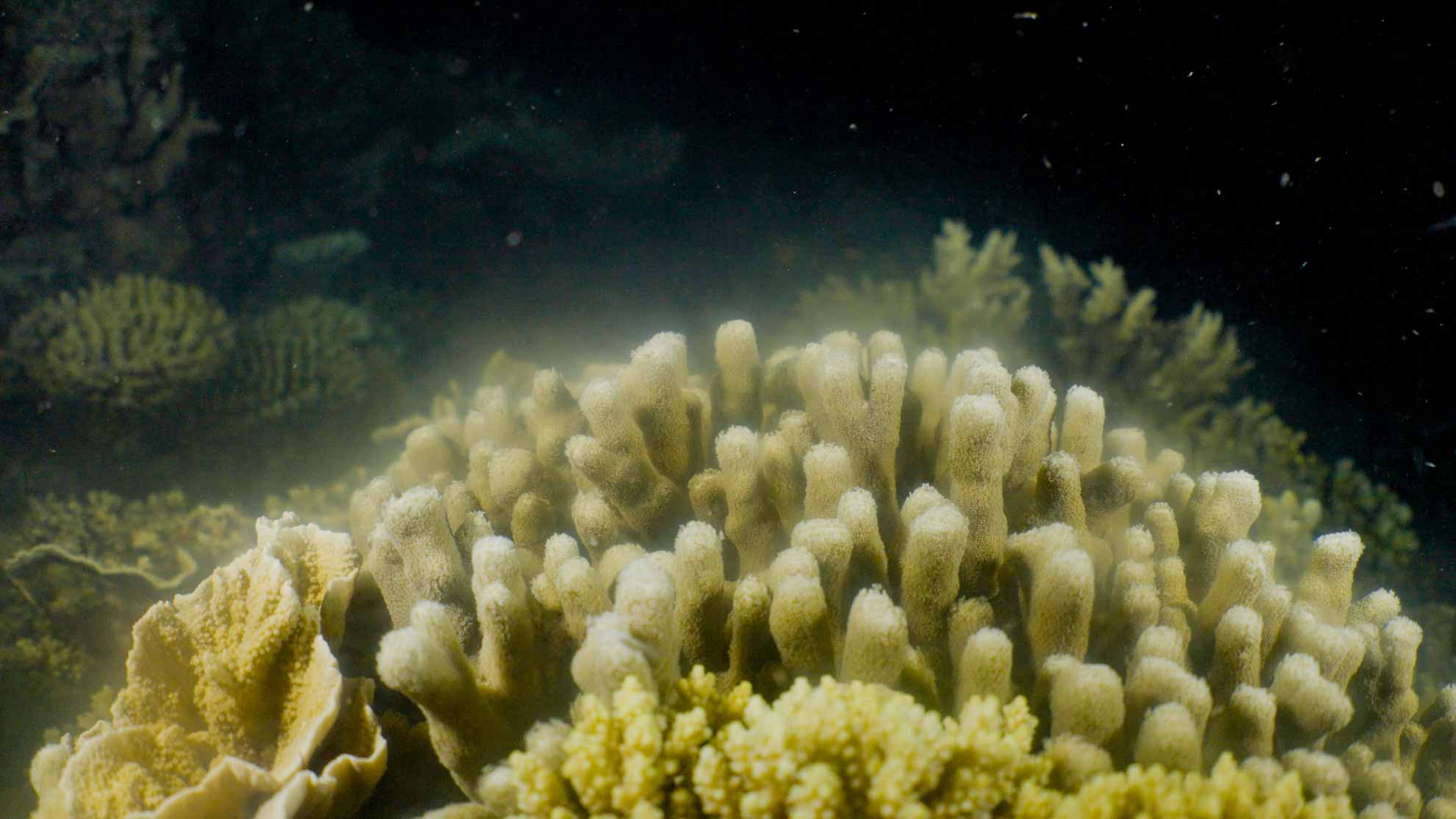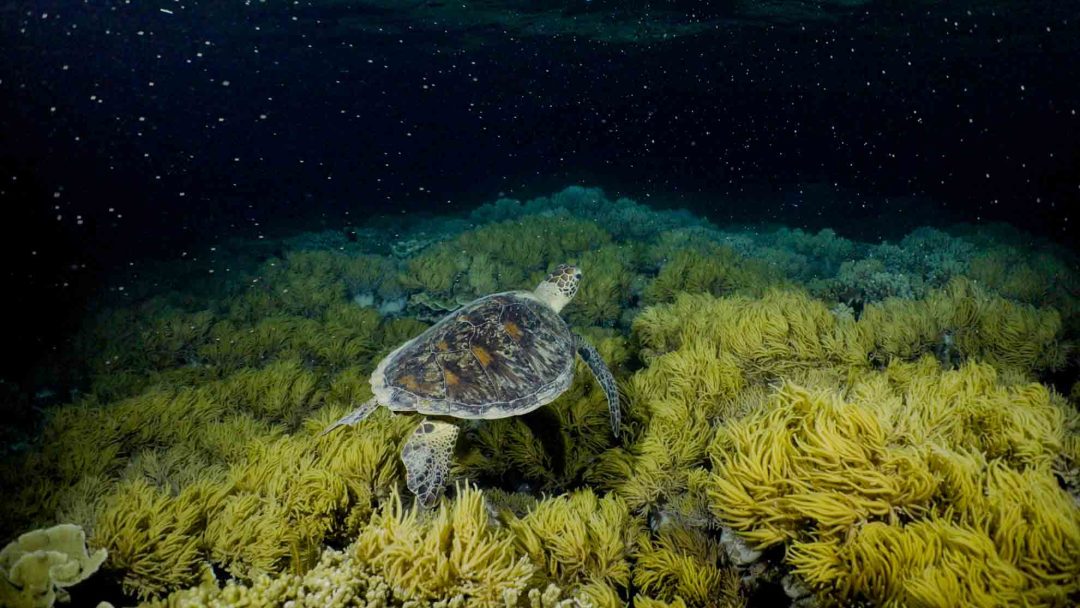Under the shimmering waves off Cairns, the Great Barrier Reef has once again demonstrated its extraordinary capacity for renewal, with the annual coral spawning event signalling the birth of a new generation. As night cloaked Moore Reef on the 2nd of November, countless pink orbs, packed with the promise of life, surged into the Coral Sea, kickstarting a regenerative dance that marine biologist Stuart Ireland has been chronicling since 1996.

This year’s spawn, a vibrant affirmation of the reef’s robust health, was meticulously documented. Ireland, alongside Dr. Abbi Scott from James Cook University, observed the soft corals initiating the spectacle, releasing their reproductive cells into the current. This is not just a nocturnal marvel but a crucial research opportunity. Tiles have been strategically placed across five reefs to track the journey and settlement of the coral larvae. The data collected from these tiles will provide insight into the dispersal patterns of the larvae, informing models that could be pivotal in enhancing reef connectivity.
Dr. Scott’s work, integrated with the efforts of the Cairns-Port Douglas Reef Hub, is part of a grassroots initiative championing reef health. Supported by the Australian Government’s Reef Trust and the Great Barrier Reef Foundation, the Hub represents a synergy of Traditional Owners, scientists, and tourism operators all vested in the reef’s future. Their collective goal is to pioneer new strategies for coral recovery and adaptation in response to the climate crisis.

The spawning event is but one facet of the numerous innovative coral conservation projects in the region, with the tourism industry playing a key role. John Edmondson of Wavelength Reef Cruises, for instance, has been instrumental in shaping the recruitment research concept, highlighting the deepening bond between tourism and marine research. The study spans a network of operators, demonstrating a scalable model for reef stewardship that could be replicated in other marine tourism hotspots.
Great Barrier Reef Foundation’s Managing Director, Anna Marsden, underscores the significance of the spawning event. It’s a vivid reminder of the reef’s fecundity and a critical juncture for advancing research that could shield this natural wonder from the perils of a warming world.
The project, a collaborative effort led by local entities and coordinated by TropWATER at James Cook University, is set to continue its mission, with tile retrieval and analysis planned for February. As the reef teems with nascent life, the community watches with bated breath, hopeful that their endeavors will ensure the Great Barrier Reef remains a vibrant, living mosaic for generations to come.

